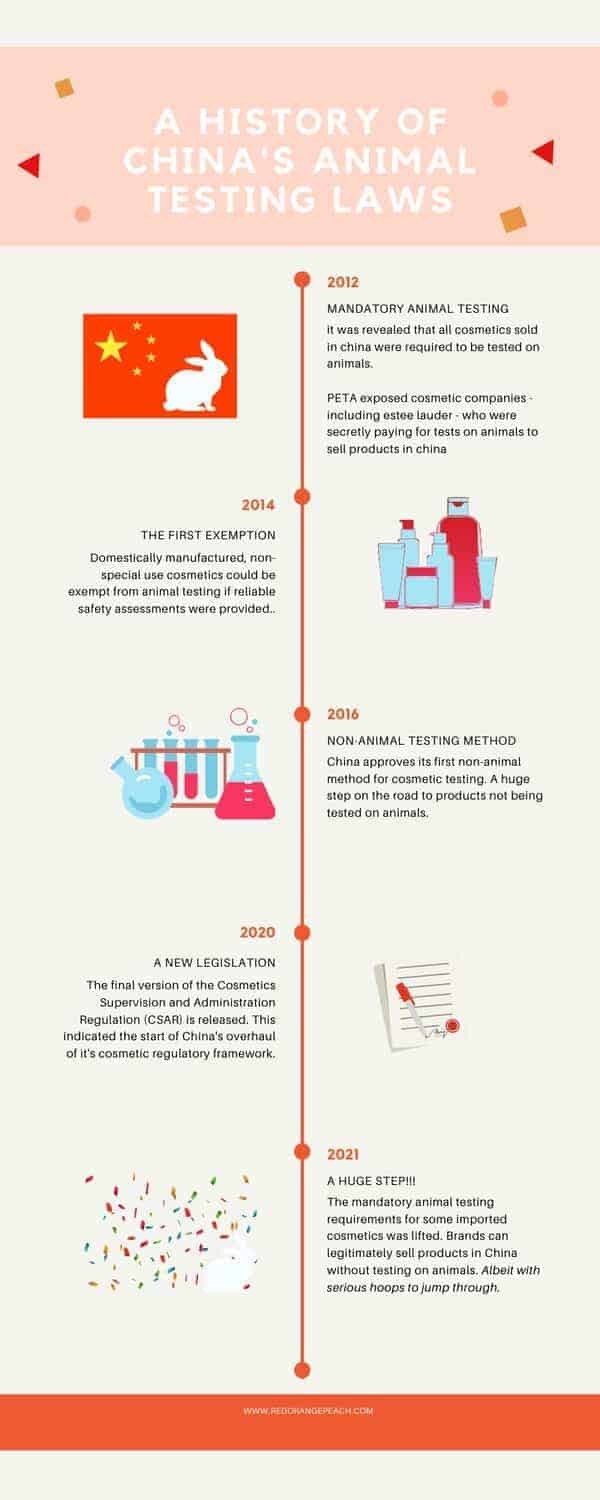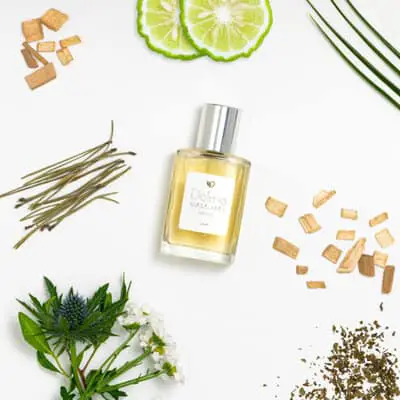- This post may contain affiliate links which - at no cost to you - may generate a small fee for us. It helps us research and review products more effectively
Summing Up
- Animal testing still takes place in China in 2021
- But new regulations have enabled specific products to be sold in China whilst not being tested on animals
- And there have been no post-market tests on animals for a few years
Animal Testing in China in 2021
On May 1st 2021 China implemented changes to its animal testing laws that are supposed to bring about a new dawn for cruelty-free companies – yes we like The Office.
Under these new regulations some cosmetic companies may be exempt from the usual ‘if you sell any product in China it’s probably going to be tested on animals at some stage.’ Which is fantastic news.
However this doesn’t mean companies who sell products in China can claim to be cruelty-free. And there are a number of hoops each brand will be forced to jump through.
So Is Cosmetic Animal Testing Banned in China in 2021?
No. But improvements have been made.
These new regulations have certainly made it possible for companies who import cosmetics into the country to remain cruelty-free.
But post-market animal testing can still occur – even though there was a ban on routine testing on animals in 2019. If there is a consumer complaint, these products can be pulled from shelves and tested on animals.
And any company who doesn’t go through the proper channels cannot be considered cruelty-free.
A History of China’s Animal Testing Laws

Can a Brand Sell Products in China and be Considered Cruelty-Free?
Yes. In fact Charlotte Tilbury have managed this very recently.
Goods sold via cross-border ecommerce (CBEC) and now general use cosmetics – shampoo or lipstick for example – can be exempt from animal testing.
However, there are serious hurdles for these brands to jump in order to gain the correct accreditation.
- General Cosmetics manufactured under Good Manufacturing Practice
- With substantiated safety as defined by risk assessment
- Will be exempted from relevant toxicology tests
In order to get this exemption, regulations require each company to have GMP certification from the local government regulatory department.
Unfortunately most foreign GMP certificates are handed out by third party institutions; not government departments. But it is still unspecified as to whether these assessments – if they’re from overseas – will be accepted by Chinese authorities.
And as China place so much emphasis on the safety of each ingredient – not just the finished product – each ingredient must go through this process.
A laborious and expensive task that hammers smaller companies in particular.
UPDATE: France has just launched an online platform allowing French cosmetic companies the chance to get these GMP certificates.
Animal Testing in China – The Key Facts and Statistics
- 24 million tests on animals in 2020 that we know of
- 75% of cosmetic animal testing takes place in China
- 2016 was the first year in which China approved an alternative to animal testing
You can check out other animal testing statistics from around the world here.
So What Have China’s New Cosmetic Testing Laws Changed?
- General imported cosmetics can be exempt from animal testing
- Only if each brand has the proper certification and qualifies under the proper cosmetic category
These general imported cosmetics can be exempt from the usual animal testing laws post May 1st. But only if the products go through the proper channels.
Special-use cosmetics – like sunscreen or hair loss products – still require animal testing.
General vs Special Use: China’s Cosmetic Classification
General Cosmetics
Everything else – foundation, toner, mascara – falls under the general category.
And by obtaining a GMP certificate alongside a product safety assessment report, the usual animal tests can be waived.
HOWEVER – this doesn’t include cosmetics targeting children or infants.
And brands can only use cosmetic ingredients listed in The Inventory of Existing Cosmetic Ingredients in China. So unless has brand has made products with China in mind this could cause further issues.
Special Use Cosmetics
Special use cosmetics include hair dyes, hair perms, whitening products, sun cream, anti-hair loss and all other products that claim a new efficacy.
In order to waive animal tests here, companies need to present everything required for non-special use cosmetics AND:
- Efficacy data to support product claims
- Human safety tests
What about Cosmetics ‘Made in China?’
Cosmetics made in China but not sold in China have never needed to be tested on animals.
Somewhat fortunate for larger companies using factories out in the far-east!
And in 2014 China updated its animal testing laws allowing domestically-manufactured ordinary cosmetics to be exempt from pre-market testing if reliable safety assessments were provided.
Multiple brands jumped on the opportunity to enter the Chinese market – First Aid Beauty and Wet n Wild for example – and maintain a cruelty-free persona.
However because post-market animal testing was still a very real threat, these brands could not (and technically still can not) be considered cruelty-free.
Post vs Pre-Market Animal Testing in China
Pre-Market Testing
Pre-market testing takes place before the product enters the market. Generally – during the product registration – brands had to pay for goods to be tested on animals as a way of entering the Chinese market.
And whilst some pre-market tests can be avoided, there are so many hoops to jump through that companies like MAC and NARS – who both sell in China – are very much not cruelty-free.
Post-Market Testing
Whereas – rather obviously – post-market testing takes place after the product enters the market.
Chinese officials will randomly pull products off the shelves to ensure each item is authentic and safe. This is particularly prevalent in cases on consumer complaints.
This is typically why brands that sell products in China have never been allowed to be labelled as cruelty-free. Because it has no control over whether its products are tested on animals.
However – it is on public record that no post-market animal testing has been done in China over the past few years. Because it’s so expensive and time-consuming.
And it is also important to note that even countries like the USA haven’t put in place a blanket ban on animal testing and – in rare cases – products can still be pulled from shelves and tested on animals.
Academics, government agencies and the scientific community in the USA and EU are exempt from animal testing bans. See this EU study on hair dye tested on animals after the ban was put in place.
When Will China Stop Animal Testing?
The last few years have seen some positive signs coming out of China – at last. They have even approved two alternatives to animal testing!
It’s encouraging that brands can technically enter the world’s second largest market for cosmetics without compromising ethically.
But the Chinese restrictions still don’t make it easy for brands – particularly smaller ones – to prosper in the market. So we are still some way off yet!
